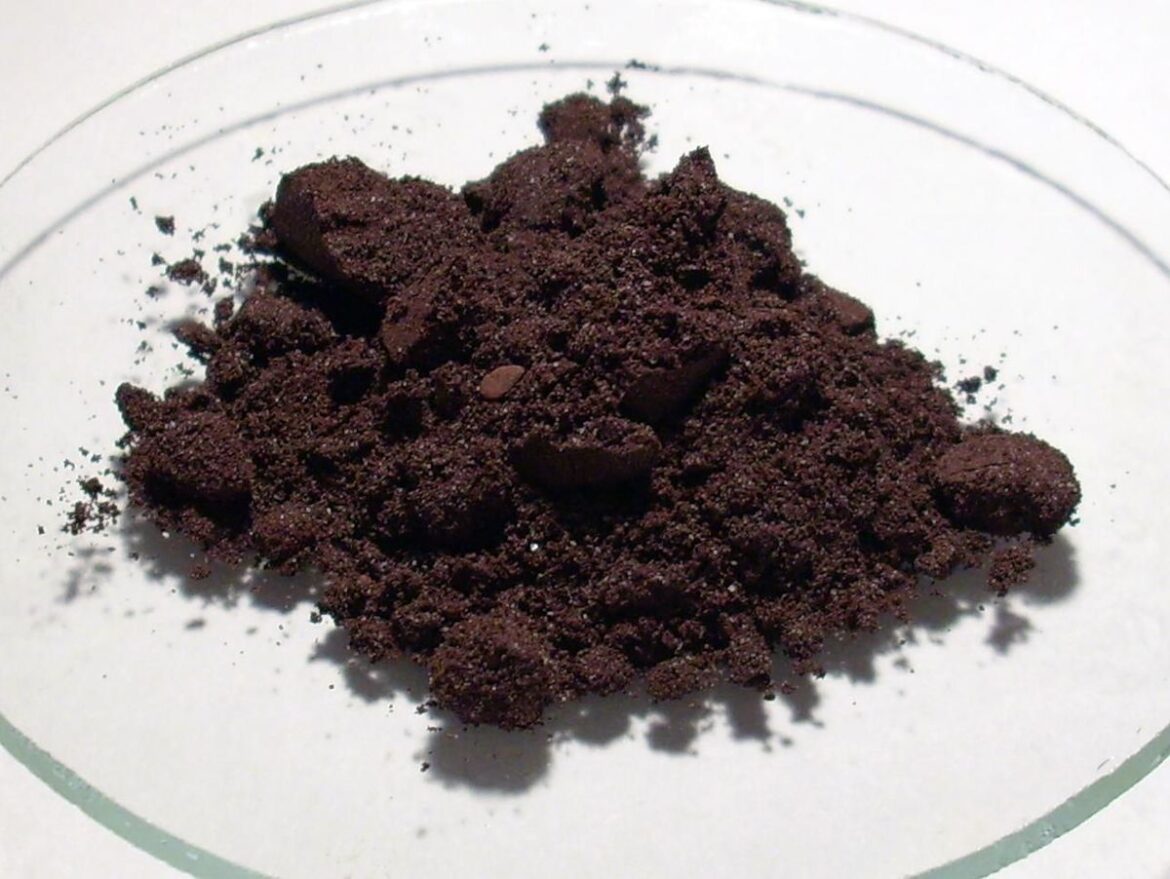PHOSPHORUS-RECYCLING FROM BABY NAPPIES —- The quantity potential in the case of Australia, possible technologies and needed changes to disposable nappy design and management for phosphorus recycling are reviewed in these two recent articles: ‘Phosphorus Circular Economy of Disposable Baby Nappy Waste: Quantification, Assessment of Recycling Technologies and Plan for Sustainability’ and ‘Method for Nutrient Solution Extraction From Used Disposed Diapers’. For Australia, with a population of just over 25 million, the study estimates that total phosphorus (P) in human urine and excreta amounts to around 13 million tonnes of per year, of which around 3 MtP/y goes to disposable baby nappies and is currently lost in solid waste disposal. Nearly 25 publications on nappy recycling are assessed, including composting, pyrolysis, energy recovery, recovery of fibers or polymers or use as a fibre additive in concrete. Of these, only the composting routes (and potentially pyrolysis biochar production) reuse the phosphorus and nutrients, plus one study of nutrient solution extraction. The authors note that nutrient recovery from disposable nappies requires redesign for sustainability of the nappy product and the use cycle, for example nappies with two separable layers, with the absorbing layer biodegradable, separate collection and processing logistics.
CLIMATE CHANGE AND PLANT PHOSPHORUS UPTAKE —- Meta-analysis suggests drought events may decrease soil phosphatase activity (needed for plant phosphorus uptake from organic molecules), CO2 increase and nitrogen fertilization may increase activity, with no significant effect noted for warming. The study entitled ‘The Effect of Global Change on Soil Phosphatase Activity’ analyzed over 610 data measurements, in each case including sample sizes and standard deviations, and covering both acid and alkaline phosphatases (phosphomonoesterases), from 97 publications. 50 data pairs for nitrogen fertilization showed that increased nitrogen (N) led to increased phosphatase activity (to be expected, as phosphatase production consumes N) whereas increased phosphorus (P) fertilization decreased activity (24 pairs, also to be expected, as P-uptake from organic forms is less necessary). Also N fertilization often reduces soil pH, so is likely to cause a shift from alkaline to acid phosphatases. Elevated CO2 led to a small increase in soil phosphatase activity (105 data pairs), whereas warming had no significant impact (51 pairs). Drought episodes, an expected consequence of climate change in many regions, clearly reduced soil phosphatase activity (56 data pairs), particularly of acid phosphatase in Mediterranean regions, and also temperature and subtropical forests. Water content of soil is known to be a very important factor favouring plant P-uptake. Drying may however increase enzymatic activity in wetlands and organic soils. Presence of invasive species led to increased phosphatase activity (49 data pairs). Overall, this meta-analysis confirms that climate change is likely to significantly modify plant and crop P-uptake, in particular because of changes in soil humidity.
HEALTH PROBLEMS CAUSED BY PLANT PHOSPHORUS IN DIET —- Tests with rats and humans show that phytate, the main form of phosphorus (P) in seeds (cereals, nuts, legumes …), is digestible (normal calcium diet), with high levels causing P-related health problems such as kidney crystals and bone loss. Phytate is often considered to be non-digestible by mono-gastric animals, because it binds to minerals such as Ca, Mg, Fe, Zn. This means that high phytate diets can cause health problems by inhibiting uptake of these essential minerals. Dietary phytate can however also be beneficial because it inhibits hydrolysis (and so uptake) of lipids, proteins, sugars and starch. In a research project entitled ‘High-Phytate/Low-Calcium Diet is a Risk Factor for Crystal Nephropathies, Renal Phosphate Wasting, and Bone Loss’, rats were fed for 12 weeks feed with 0% to 5% added phytate. Rats fed +5% phytate and standard diet level calcium showed decreased blood calcium levels and high blood phosphorus and magnesium and developed crystal nephropathies, kidney fibrosis and severe bone loss, both symptoms associated with excess diet P. However, increasing the diet calcium for the rats (+1% Ca) prevented these mineral unbalances and negative impacts. A 12-day pilot study was also carried out on six healthy women (23-34 years) with 4 days white rice (0.35% phytate), 4 days brown rice (1.07% phytate) and 4 days brown rice + bran (2.18% phytate). Blood P, Ca and Mg remained within normal levels for all three diets, but the higher phytate diet did result in slightly decreased blood phosphorus. The authors conclude that phytate is digestible by monogastric animals when the diet calcium/phytate ratio is low.




